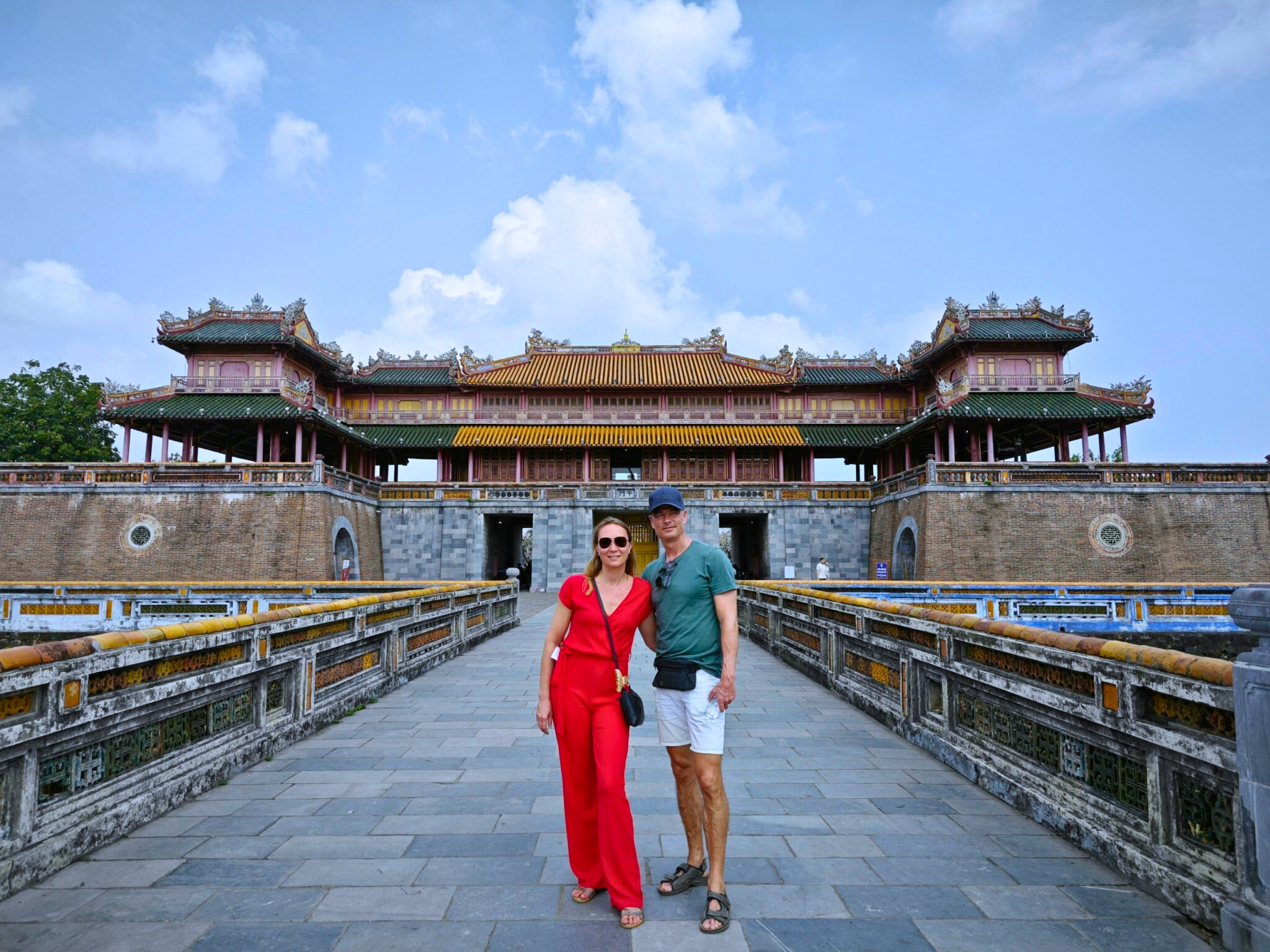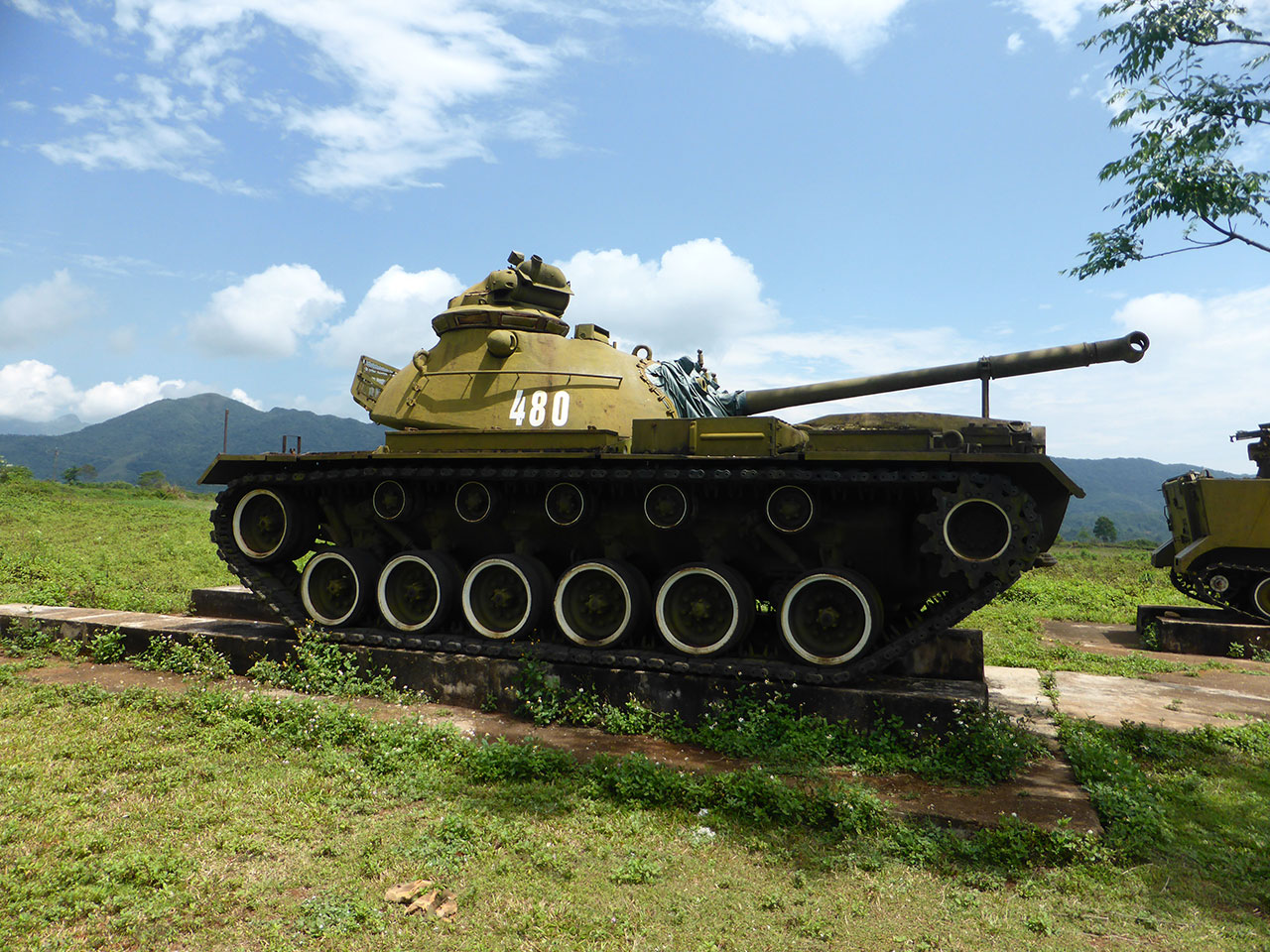1. Hoi An Silk Village
1.1. Location of Silk Village
Hoi An Silk Village is located at 28 Nguyen Tat Thanh Street, about 1.6 km from the center of Hoi An Ancient Town. The village has an area of 11 hectares, surrounded by strawberry gardens, lotus ponds, and bamboo fences. The village includes four main areas: a silk museum, silk workshop, silk gallery, and silk restaurant.
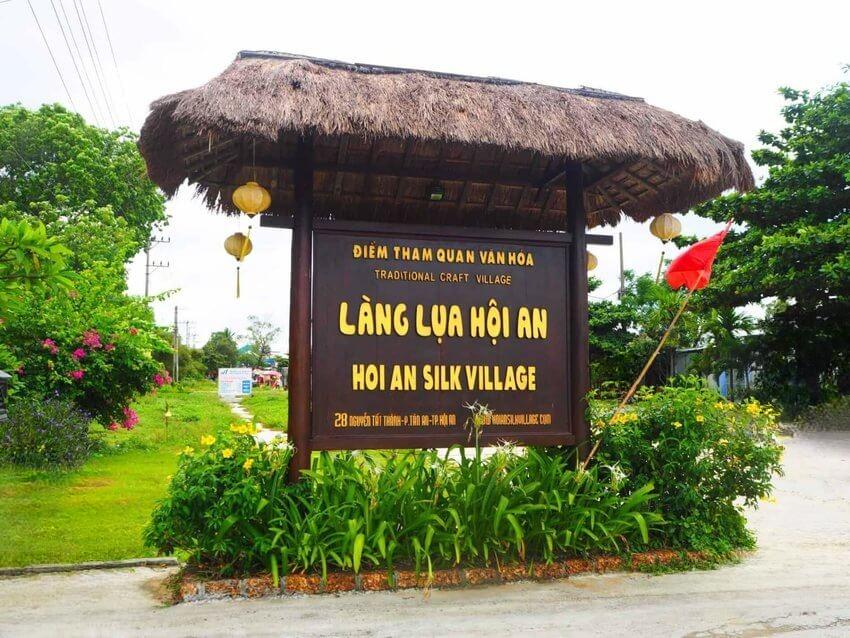
1.2. When did Hoi An Silk Village exist?
Hoi An Silk Village originated in the 15th century when Hoi An was still a busy port city on the Maritime Silk Road. Hoi An was a major trading center for silk and other goods between China, Japan, India and Europe. Locals learned silk production and weaving skills from Chinese and Cham merchants, and developed their own distinctive designs and patterns.
The silk industry in Hoi An reached its peak in the 16th and 17th centuries when the town was known as the “Silk Capital” of Vietnam. Silk products from Hoi An are highly appreciated for their quality, diversity, and beauty and are exported to many countries around the world.
However, the silk industry in Hoi An declined in the 19th and 20th centuries due to political and economic changes in Vietnam and the region. The silk village was almost forgotten until it was revived in 2012 by a group of silk enthusiasts, wishing to preserve and promote the traditional silk culture of Hoi An.
2. Go to Hoi An silk village to explore the silk weaving process
One of the interesting activities when visiting Hoi An Silk Village is witnessing the silk weaving process, from raising silkworms to creating silk fabric. This process includes five main steps:
2.1. Growing mulberries
The first step in silk production is growing mulberry trees, which are the main food source for silkworms. The mulberry trees in Hoi An Silk Village are carefully cared for and harvested by local farmers, using organic and natural methods to ensure the health and quality of the leaves.
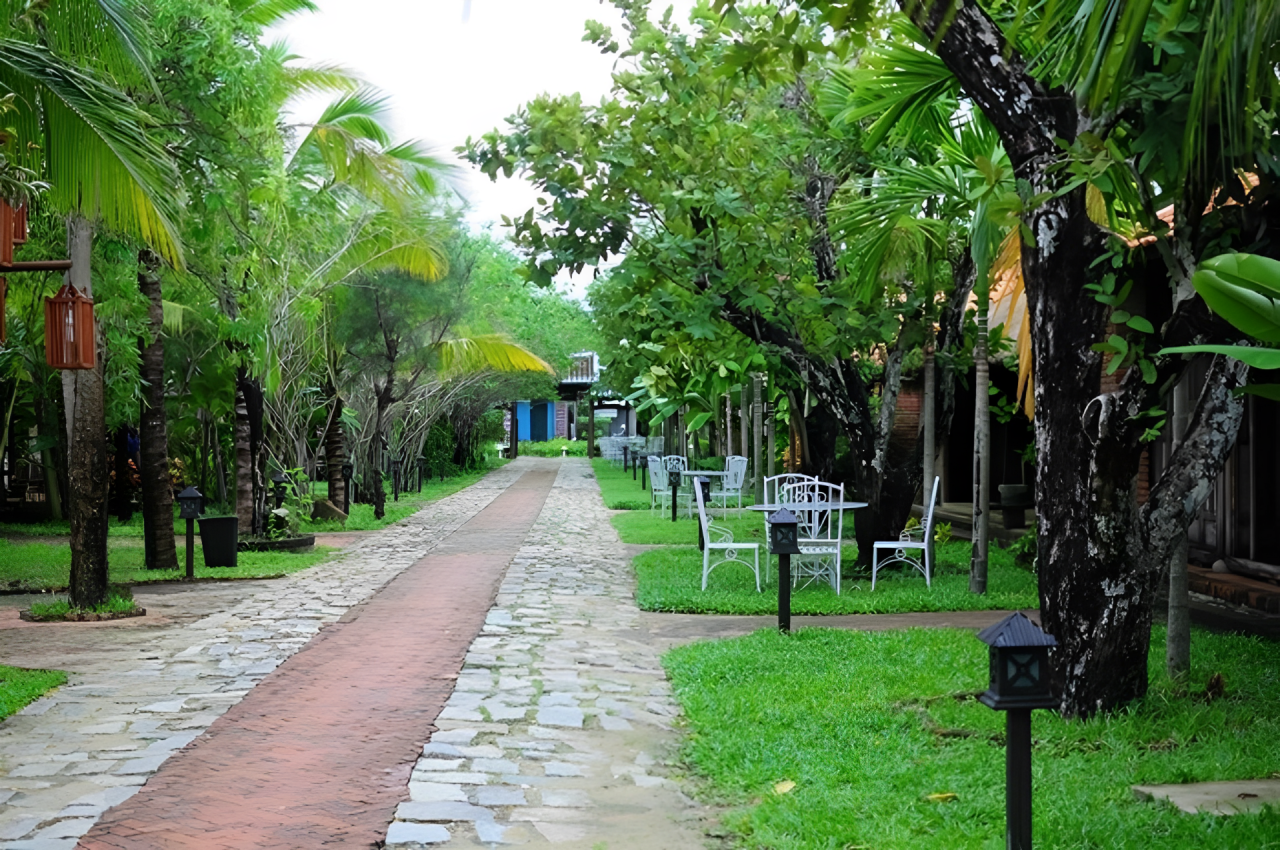
2.2. Raising silkworms and taking cocoons
The second step is to raise silkworms, which are caterpillar larvae. The silkworms are raised in wooden trays and fed with fresh mulberry leaves every day. The silkworms grow and molt many times until they are ready to spin cocoons.
A cocoon is a protective shell that silkworms create around themselves using a single silk strand. The cocoons are collected by silk workers, who carefully select the best ones for further processing.
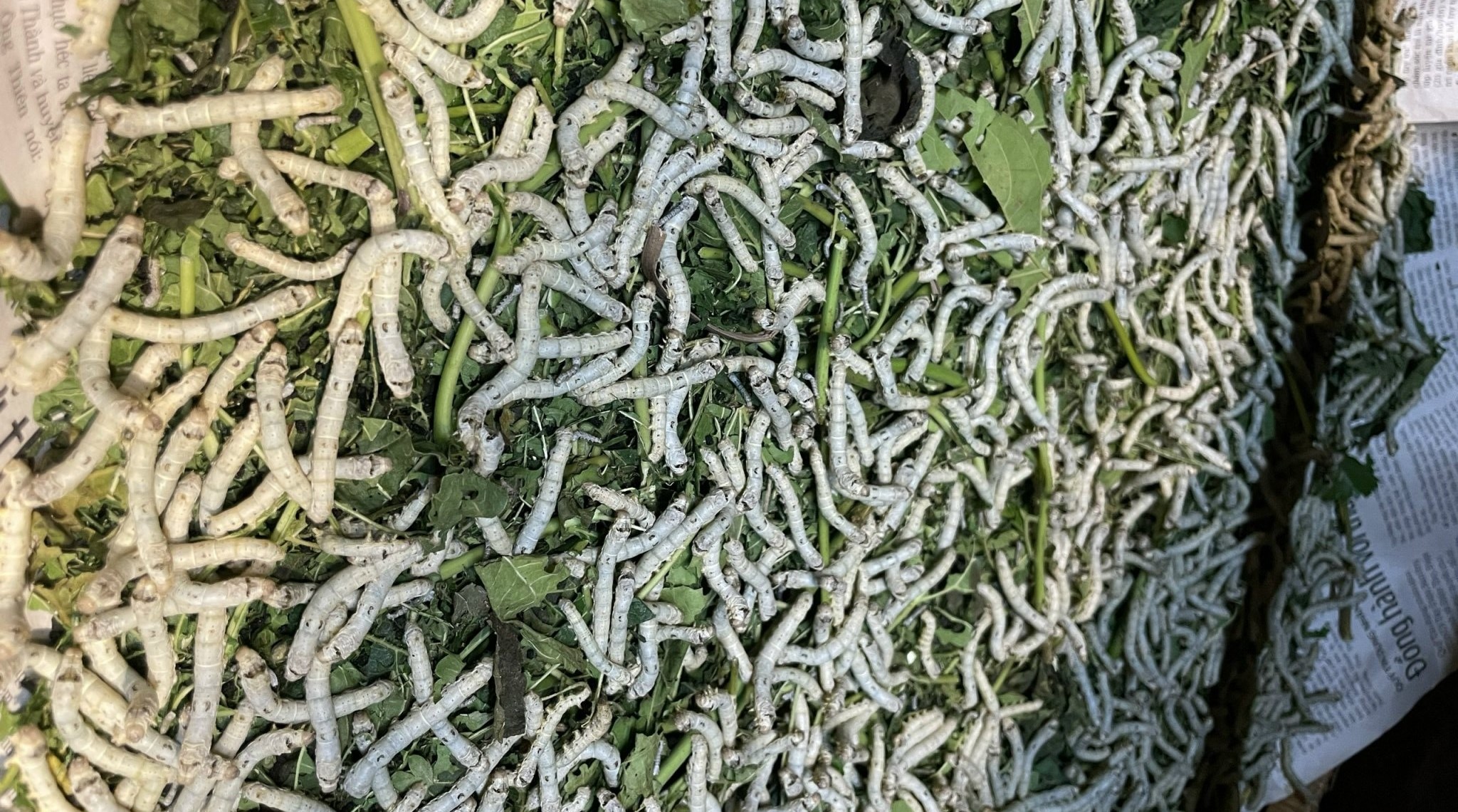
2.3. Cooking cocoons
The third step is cooking the cocoons, which is the process of boiling them in hot water to dissolve the sericin, a sticky substance that holds the silk fibers together. Cooking also prevents the cocoons from emerging like caterpillars and damaging the silk.
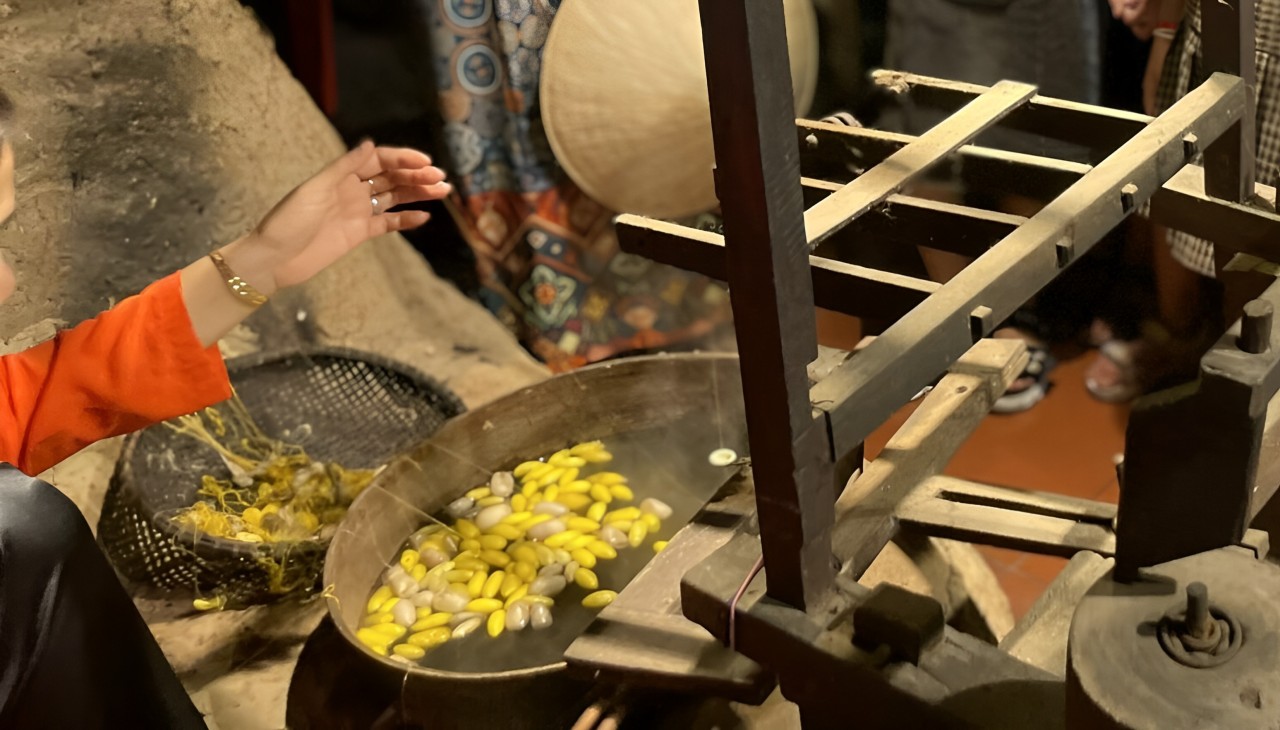
2.4. Spinning silk thread
The fourth step is silk spinning, which is the process of removing the silk thread from the cocoon and twisting it into a thin, strong thread. Spinning is done using a traditional wooden device, called a charkha, which is operated by hand or foot.
Silk fibers can be dyed with natural colors such as indigo, turmeric, annatto, or lacquer to create different shades and patterns. Dyeing is done using a large wooden vat where silk fibers are soaked and stirred with dye.
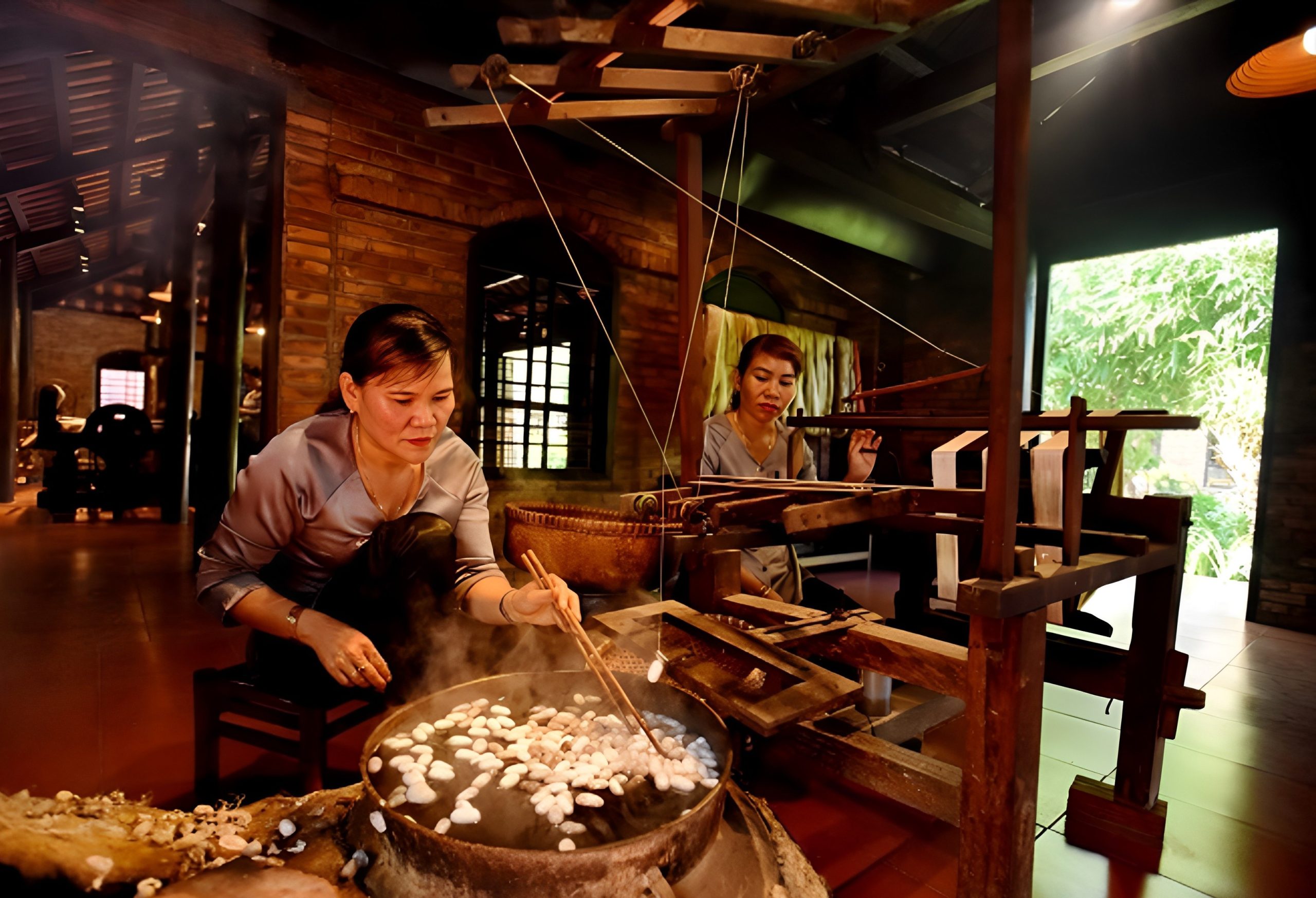
2.5. Silk weaving
The fifth and final step is silk weaving, which is the process of weaving silk threads into fabric using a loom. Weaving is done by artisans, using different types of looms and techniques, depending on the style and design of the fabric.
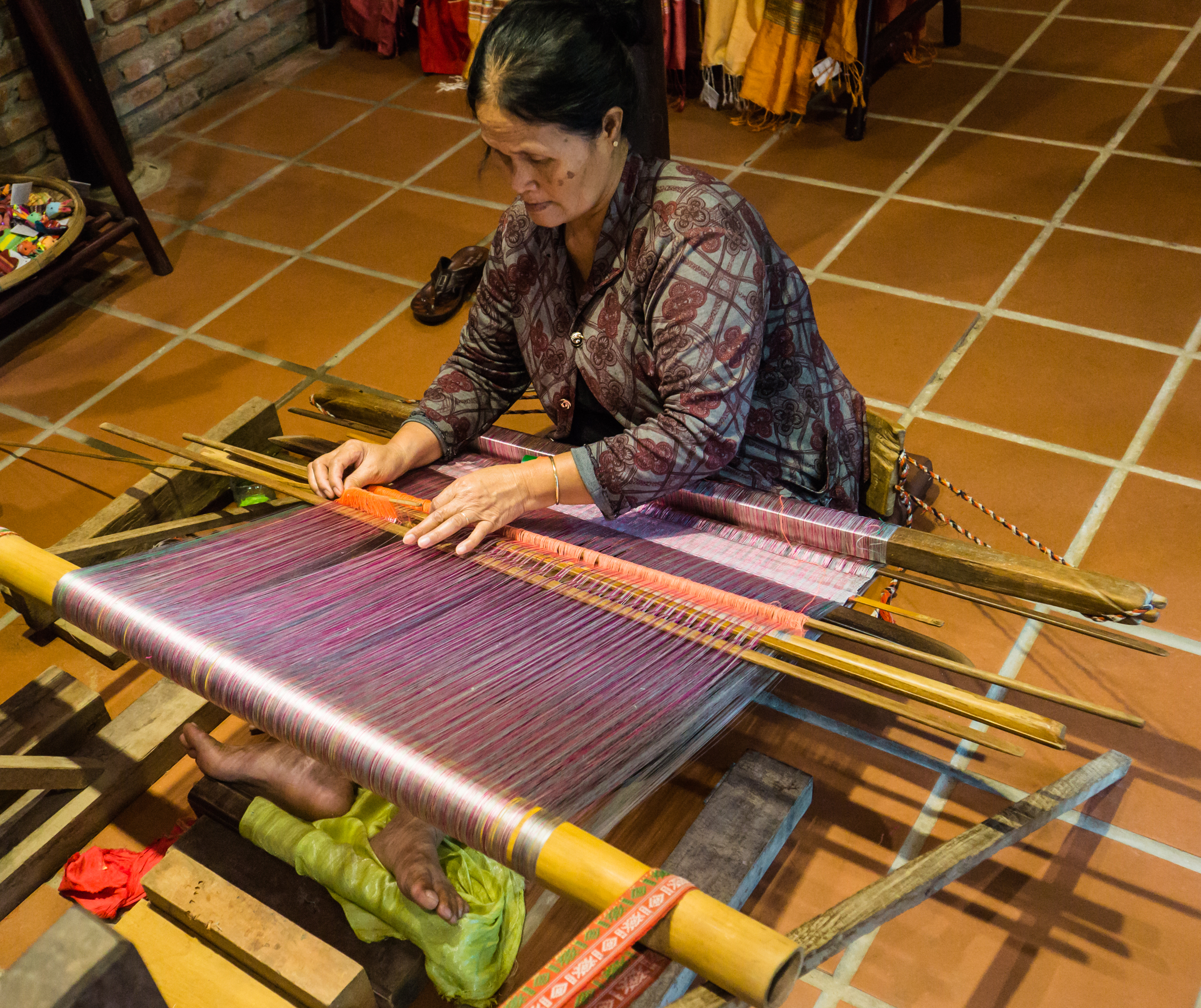
3. Explore Hoi An Silk Village
3.1. Silk weaving according to Vietnamese culture
Another feature of Hoi An Silk Village is that it represents the Vietnamese silk weaving tradition. Vietnamese silk weaving is distinguished by its elegant and sophisticated style, often reflecting the natural beauty and culture of Vietnam.
Vietnamese silk weaving is done using different types of weaving machines, such as plain looms, jacquard looms or draw looms, allowing the weaver to create a variety of fabrics, such as sa satin, damask or velvet. Vietnamese silk weaving also combines different techniques such as embroidery, applique or batik to enhance the appearance and value of the fabric.
3.2. Visit the Nine Palaces inside Hoi An Silk Village
The Nine Palaces are also the remaining relics, where antiques related to traditional craft villages collected from all over are displayed for tourists. At the exhibition area, visitors will be guided how to distinguish between silk fabrics woven from traditional wooden frames and fabrics woven from modern frames.
3.3. Visit Hoi An Silk exhibition house
The silk exhibition house in Hoi An Silk Village is a place to display silk products with 100 sets of ao dai, representing the development of this craft village. In particular, this place also displays traditional costumes of 54 Vietnamese ethnic groups.

4. Address, entrance ticket price, and opening time to visit Hoi An Silk Village
Opening hours 8:00 am to 5:00 pm for sightseeing activities.
However, this place includes both restaurants and hotels so it will still be open all day.
Entrance ticket: 50,000 VND (about 2 USD) excluding meals and accommodation.
.


